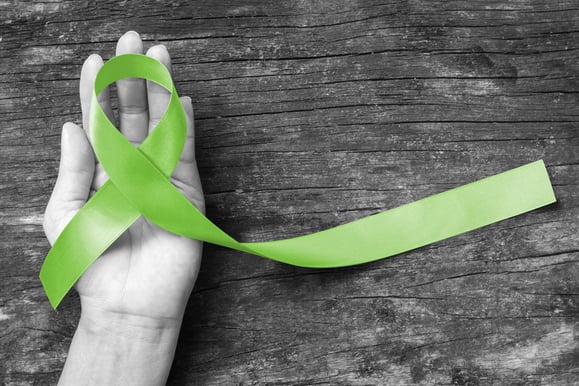Lung, breast, colon and prostate cancers often get much of the public’s attention – mainly due to their high rates of incidents and news coverage of research.
However, lymphoma – specifically non-Hodgkin lymphoma - is the seventh most common cause of cancer-related deaths in the United States. And, like many other cancers, early detection can make a significant difference in treatment outcome.
The risk of developing non-Hodgkin lymphoma increases with age and it is more common in males than in females and in Caucasians. North America has one of the highest incidence of non-Hodgkin lymphoma, according to the American Cancer Society.
Here are some facts about the disease:

What is non-Hodgkin lymphoma?
Also known as lymphoma, this cancer starts in white blood cells called lymphocytes, which are part of the body’s immune system.
There are 2 main types of lymphocytes, according to the Mayo Clinic:
B lymphocytes (B cells): B cells normally help protect the body against germs (bacteria or viruses) by making proteins called antibodies. The antibodies attach to the germs, marking them for destruction by other parts of the immune system.
T lymphocytes (T cells): There are several types of T cells. Some T cells destroy germs or abnormal cells in the body. Other T cells help boost or slow the activity of other immune system cells.
Non-Hodgkin lymphoma can develop from either type of lymphocyte, but B-cell lymphomas are much more common in the United States than T-cell lymphomas, according to ACS. Different types of lymphoma can develop from each type of lymphocyte, based on how mature the cells are when they become cancerous and other factors.
What are non-Hodgkin lymphoma symptoms?
- Painless, swollen lymph nodes in your neck, armpits or groin
- Abdominal pain or swelling
- Chest pain, coughing or trouble breathing
- Fatigue
- Fever
- Night sweats
- Weight loss
Where is non-Hodgkin lymphoma found?
Lymph tissue is found in many places throughout the body, so lymphomas can start almost anywhere. The most common areas include:
- Lymph nodes:Lymph nodes are bean-sized collections of lymphocytes and other immune system cells throughout the body, including inside the chest, abdomen, and pelvis. They are connected by a system of lymphatic vessels.
- Spleen: The spleen is an organ under the lower ribs on the left side of the body. The spleen makes lymphocytes and other immune system cells. It also stores healthy blood cells and filters out damaged blood cells, bacteria, and cell waste.
- Bone marrow:The bone marrow is the spongy tissue inside certain bones. This is where new blood cells (including some lymphocytes) are made.
- Thymus: The thymus is a small organ behind the upper part of the breastbone and in front of the heart. It’s important in the development of T lymphocytes.
- Adenoids and tonsils: These are collections of lymph tissue in the back of the throat. They help make antibodies against germs that are breathed in or swallowed.
- Digestive tract: The stomach, intestines, and many other organs also have lymph tissue.
What causes non-Hodgkin lymphoma?
Research is still making new discoveries, but the Leukemia and Lymphoma Society indicates these factors are connected to the disease:
- Medications that suppress your immune system. If you've had an organ transplant, you're more susceptible because immunosuppressive therapy has reduced your body's ability to fight off new illnesses.
- Infection with certain viruses and bacteria. Viruses linked to increased non-Hodgkin lymphoma risk include HIV and Epstein-Barr virus. Bacteria linked to an increased risk of non-Hodgkin's lymphoma include the ulcer-causing Helicobacter pylori.
- Certain chemicals, such as those used to kill insects and weeds. More research is needed to understand the possible link between pesticides and the development of non-Hodgkin's lymphoma.
- Older age. Non-Hodgkin lymphoma can occur at any age, but the risk increases with age. It's most common in people in their 60s or older.
How is non-Hodgkin lymphoma treated?
Treatment depends on which type it is, so it’s important for doctors to find out the exact type of lymphoma you have.
Oncologists generally use a combination of therapies, including chemotherapy, radiation, stem cell transplants and drugs that boost the immune system. In some older patients, oncologists manage the disease as a chronic condition.
If you want more information about treating non-Hodgkin lymphoma and other cancers, please contact the JMH Cancer Care Center at 317.736.4436.
